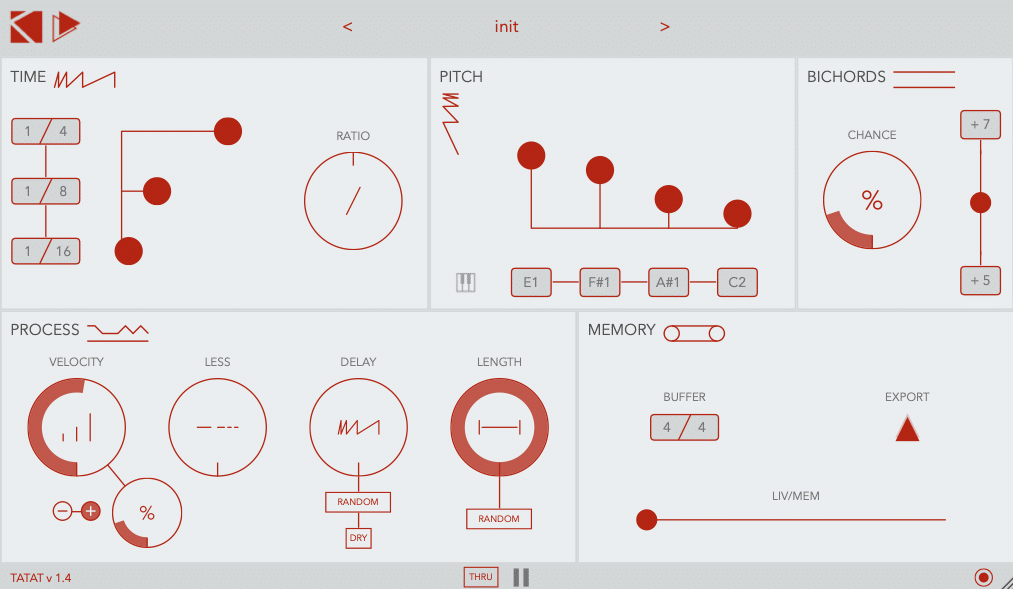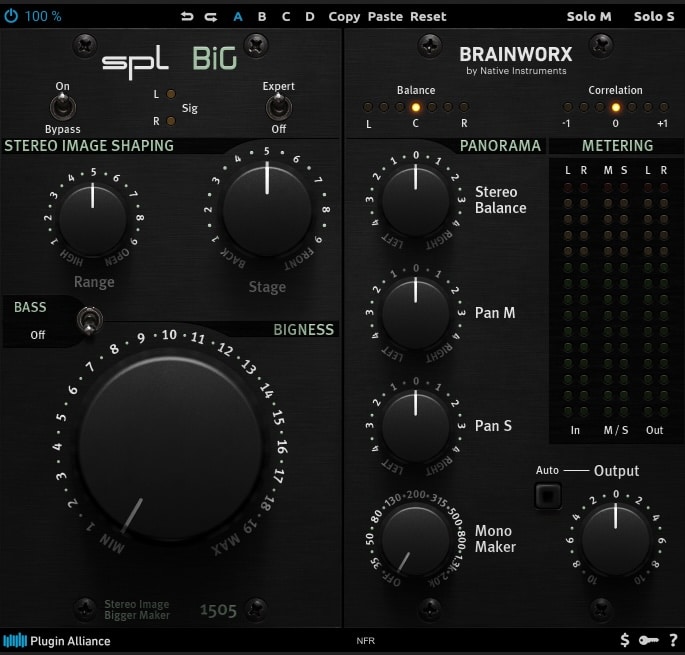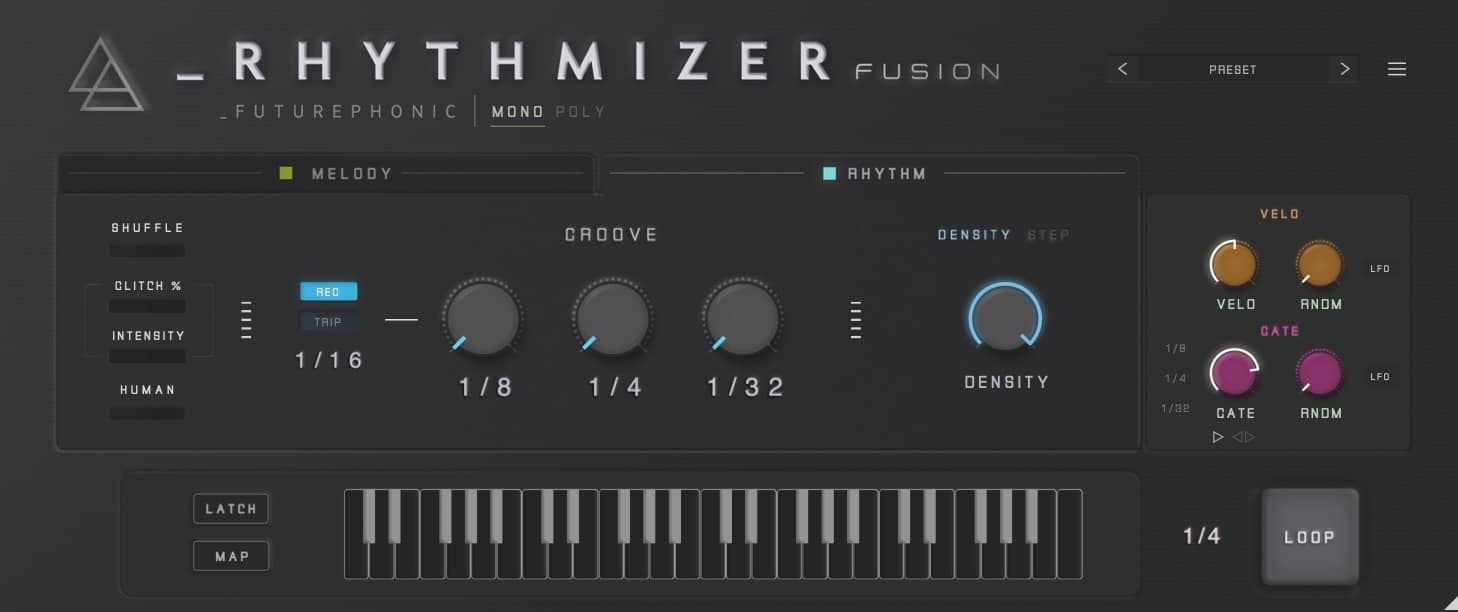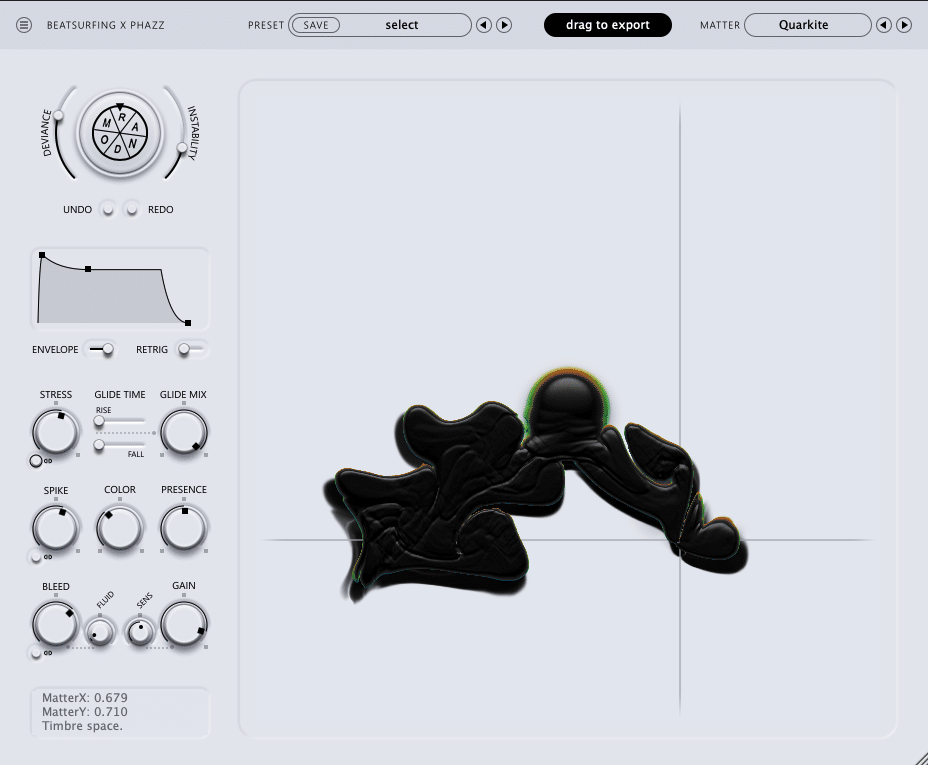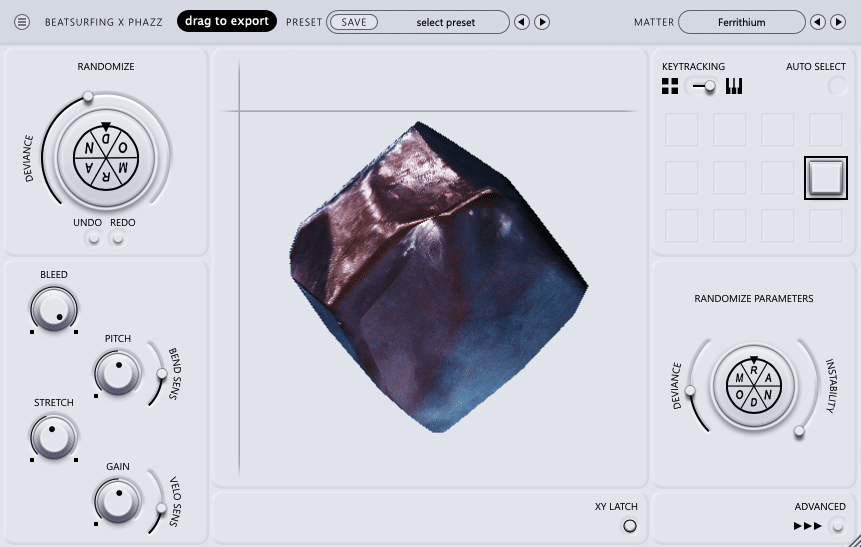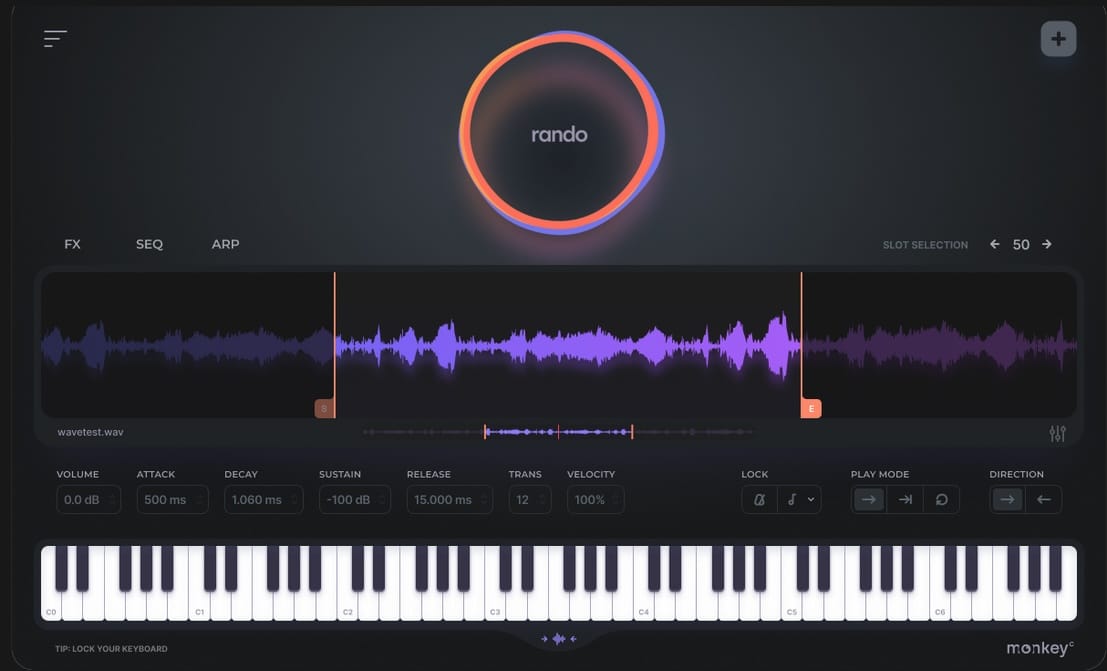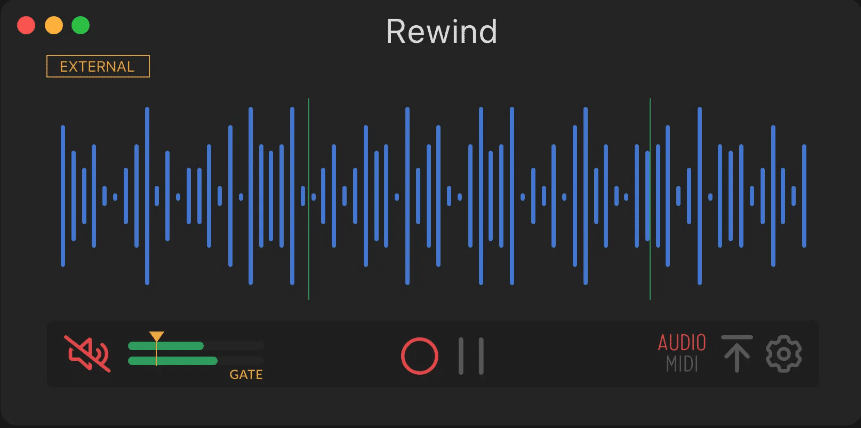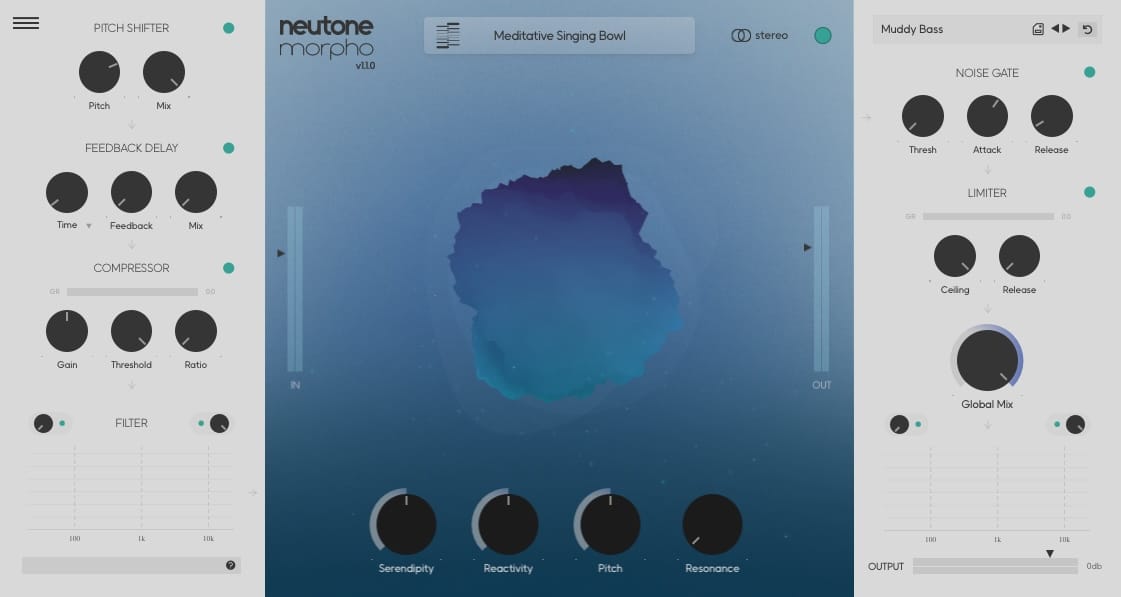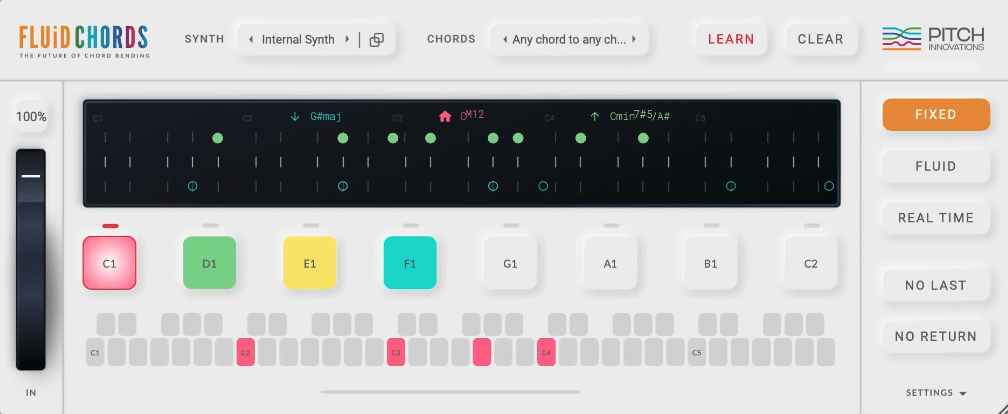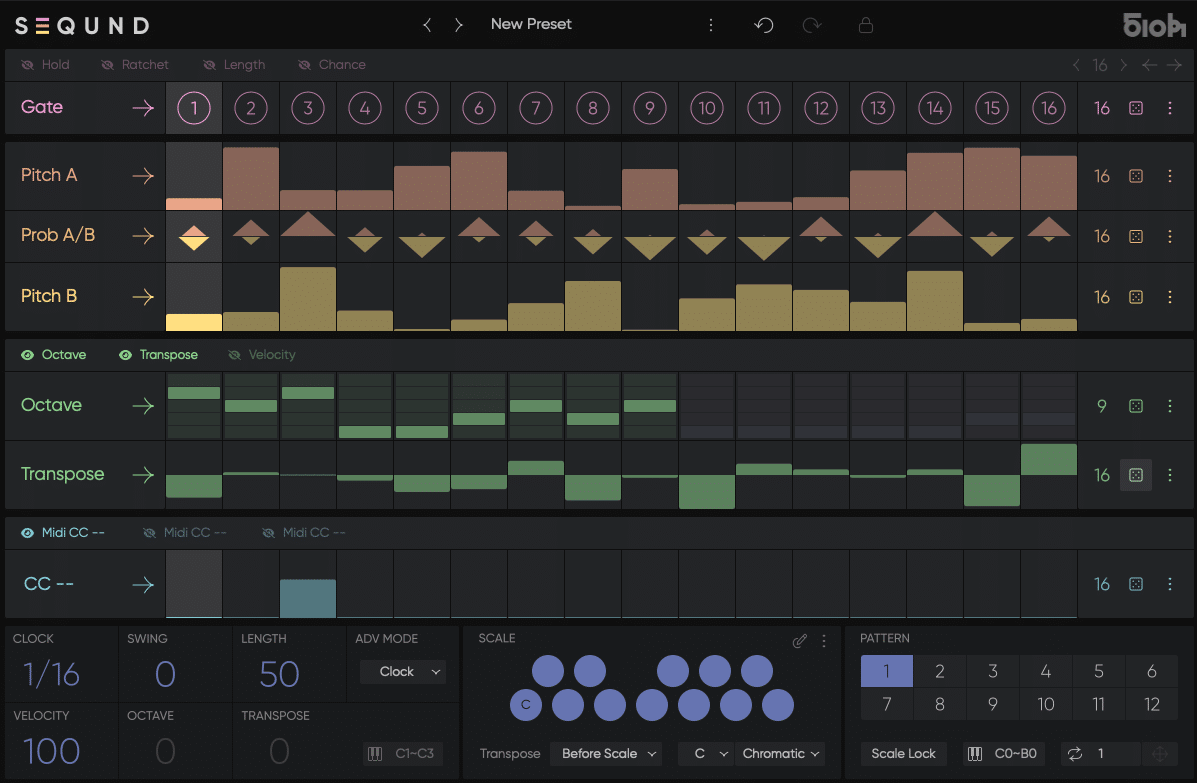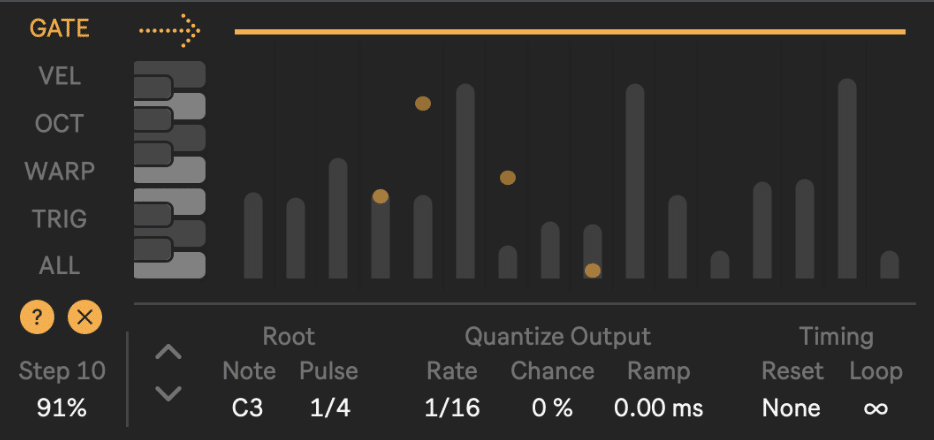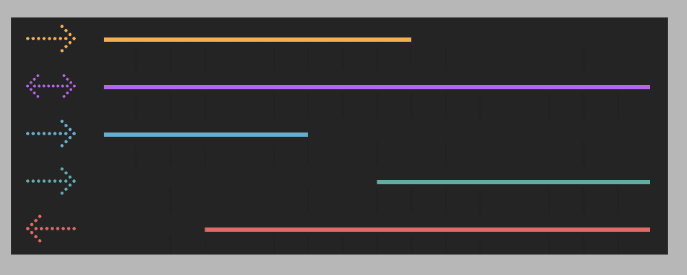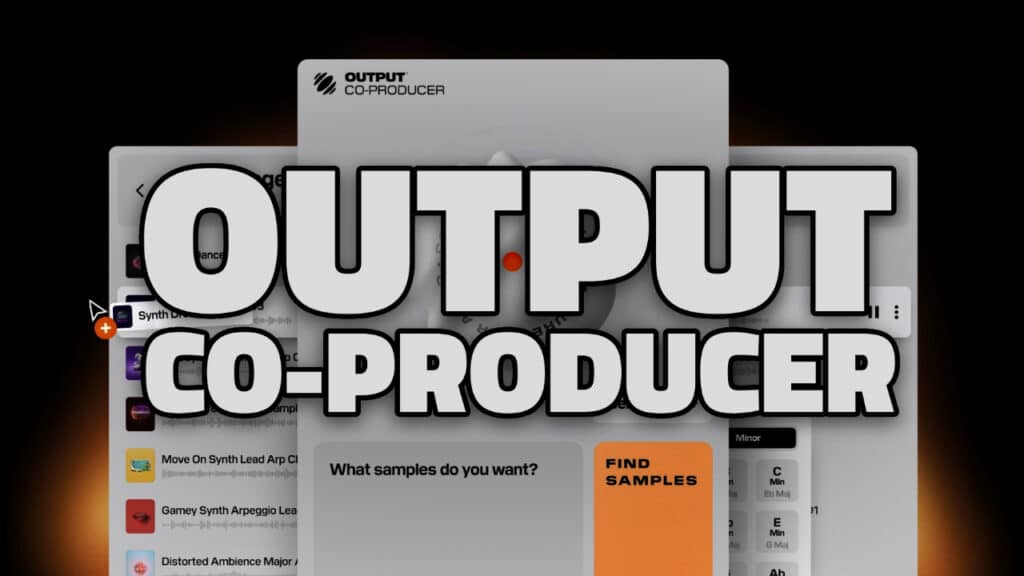There is no shortage of audio plugins including soft synths, EQ’s, compressors, reverbs, delays, samplers, and other processing devices on the market. But there are some that defy typical categorization or offer a unique approach to common processing. What follows is a list of devices that stand out as unique and inspire creativity.
Tatat by K-Devices
Tatat is an unusual MIDI effect for generating chaotic or probabilistic MIDI events to trigger drum samples or melodic and harmonic content. Billed as an “unstable stream generator”. Chance operations can be applied to timing, pitch, polyphony, velocity, and FX. The output can be highly unpredictable but is controllable by initiating parameters in such a way that fits the mood or musical context. It’s an awesome device for creating variety or for generating content that can be used as a starting point for further development. This is another great offering from K-Devices, known for their sleek GUIs and unusual approaches to sound design and audio processing.
Available as: VST3, AAX, AU, M4L
SPL Big
This is a stereo expander that surpasses other similar devices in quality of result, flexibility, and tweakability. Developed by SPL Audio and Brainworx, and distributed by Plugin Alliance, this plugin offers stereo expansion capability while limiting phasing issues, a typical problem with other stereo expanders. The main interface is deceptively simple with just three controls, they can be powerful and effective in creating that “big” sound. Opening the expert view reveals the Brainworx section, with M/S capability, monoizing functionality, and advanced metering. A great device for achieving a wide sound without negative phasing effects.
Available as: AAX DSP, AAX Native, AU, AAX AudioSuite, VST2, VST3
Factoid 2 by anemond
The developer describes this plugin as “loop revamper” that can generate infinite rhythmic variations by extracting components from an audio sample in a stem isolation process. Components can then be remixed or displaced in time. Factoid is a simpler version of the more robust Factorsynth by the same developer. The underlying premise behind both devices is the idea of decomposing sounds via spectral analysis so that elements can be manipulated independently in various ways. Awesome polyrhythmic effects can be achieved by syncing multiple instances of Factoid in your session.
Available as: VST, AU, Standalone
Rhythmizer by Futurephonic
Arpeggiators are common tools that can be found as native plugins in most DAWs or as 3rd party MIDI effects. The Rhythmizer takes arpeggiation to new levels with randomization, unique parameters (glitch), and features not typically found in other devices. Rather than setting a pattern and letting it ride, this device encourages manipulation and experimentation in real time.
Available as: VST, AU
RANDOM and RANDOM Metal by Beatsurfing
These two virtual synths use a combination of modulated delay lines, feedback loops, phase modulation, noise, filters, and envelopes to synthesize unique and fantastic sounds. Unique parameters include spike, which adds an aggressive harshness to the sound, instability, which initiates randomness on a note-by-note basis, deviance, which can alter hundreds of parameters under the hood, and a random wheel, which will generate new variations of a sound when clicked. This plug is as much fun to look at as it is to play with a stunning animated interface and programmable XY control.
The RANDOM bundle includes RANDOM Metal, which is a percussion-based monophonic synth that has mappable drum pads and similar randomization controls. Don’t crack this beast open unless you have a few hours to kill exploring the possibilities.
Available as: VST, VST3, AU, AAX
RANDO by Monkeyc
I reviewed RANDO back in April of this year and continue to be pleasantly surprised by the possibilities of the device. In essence, it allows you to randomly map sounds from your computer across the keyboard from a specific folder or sonic category. If, like me, you have thousands of samples and sounds hidden in the recesses of your digital domain, this is the perfect device to resurrect, rediscover, and recontextualize some of those neglected sonic jewels.
Available as: VST3, AU, AAX, standalone
Rewind by Monkeyc
Rewind is another innovative device from Monkeyc that operates as a standalone or plugin. It can be set to continually record audio and MIDI in the background, even without an open DAW. This is fantastic for those who like to improvise and experiment with hardware synths, modular synths, instruments, or acoustic sounds. The app will capture all the serendipitous events that occur while playing that would otherwise be lost. You can then import the audio or MIDI files into your DAW to edit and use as desired. A simple but brilliant idea with flawless implementation.
Available as: VST3, AU, AAX, standalone
Neutone Morpho
This unique plugin uses machine learning to transform audio input into unworldly and unexpected sounds. It uses models which have been trained on a variety of sources such as African percussion, vocals, field recordings, and more. You can also submit your own data sets so that new unique models can be trained online. This process involves purchasing training tokens and uploading at least “1 hour of unique, non-repeating audio” which can be “lots of snippets or a single long recording”. The ability to use your own content as training material is a huge plus that eliminates licensing and ethical issues–areas that are very much in flux in the world of AI and machine learning.
Available as: VST3, AU
Fluid Chords by Pitch Innovations
This great device from Pitch Innovations allows for awesome chord-to-chord pitch bending by taking advantage of the super-powerful feature of the MIDI 2.0 spec known as MPE or MIDI Polyphonic Expression. This allows for each note being played to have independent pitch bend data associated with it. Using the pitch bend wheel you can morph one chord to the next with each voice transitioning at independent rates in a way reminiscent of the seminal piece by Iannis Xenakis called Metastaseis. You can even morph chords with different numbers of voices into each other, such as a three-note chord to a six-note chord. A fantastic device with unlimited possibilities!
Available as: AU, VST, VST3, AAX, Standalone
The following two plugins are available at isotonikstudios.com – one of my favorite resources for unique plugins, synth patches, and sound packs!
Seqund VST by Alexkid
This is a fantastic polyrhythmic sequencer with probabilistic features that make it stand out from the rest. There are two pitch lanes (A and B) that determine two possible pitch choices per step. Between the lanes is a probability lane that controls the relative probability that pitch A or B will play. This allows for creating melodies with built-in variety on every repetition. The interface is clean and immediately understandable so you can start making music fast without getting bogged down with parametrical details or settings.
You can also sequence CC messages, gate length, octave, transposition, and velocity–each with independent sequencers of varying steps enabling the creation of evolving polyrhythmic ideas. Plus, it has all the parameters you might find in other sequencers like ratchet settings, play direction, and randomizing features. A great offering from the developers Alexis Mauri (aka Alexkid), Tadashi Suginomori (HY-Plugins), and Resonant Design.
Available as: AU, VST3, AAX
Aisles by Novel Music
This Max for Live device is referred to as a harmonic arpeggiator. It offers a unique approach that connects pitch and rhythm based on harmonic relationships. “Inspired by Henry Cowell and Léon Theremin’s Rhythmicon (1931)”, it will change the pulse (or beat division) based on the octave relationship with a user-defined root pulse. “For example, when the Root Note is set to C3, any C4 received by the device will run in the ratio of 2:1, or twice as fast. C2 will run at half the speed of C3, and so on”.
This is an interesting idea that I’m surprised has not been previously implemented (as far as I’m aware). It makes perfect sense that a doubling of frequency would create a doubling of speed. Other cool features include independent sequencers for octave, trigger, gate, velocity, and warp–which multiplies the current rate to speed up or slow down the sequence. There is also a view that shows the direction and length of all 5 lanes. If you have Ableton Live 11 or 12 (Standard with MaxforLive or the Suite) this would be a great addition to your arsenal of arpeggiators.
Available as: M4L
EXTRAS
Want to win a free license to Kontakt 8? Be one of the first 1000 people to FOLLOW WAVEINFORMER ON INSTAGRAM to be automatically entered to win one of three full-version Kontakt 7 licenses! Read more.
Assess your knowledge of essential audio concepts using our growing catalog of online Quizzes.
Explore more content available to Subscribers, Academic, and Pro Members on the Member Resources page.
Not a Member yet? Check the Member Benefits page for details. There are FREE, paid, and educational options.


